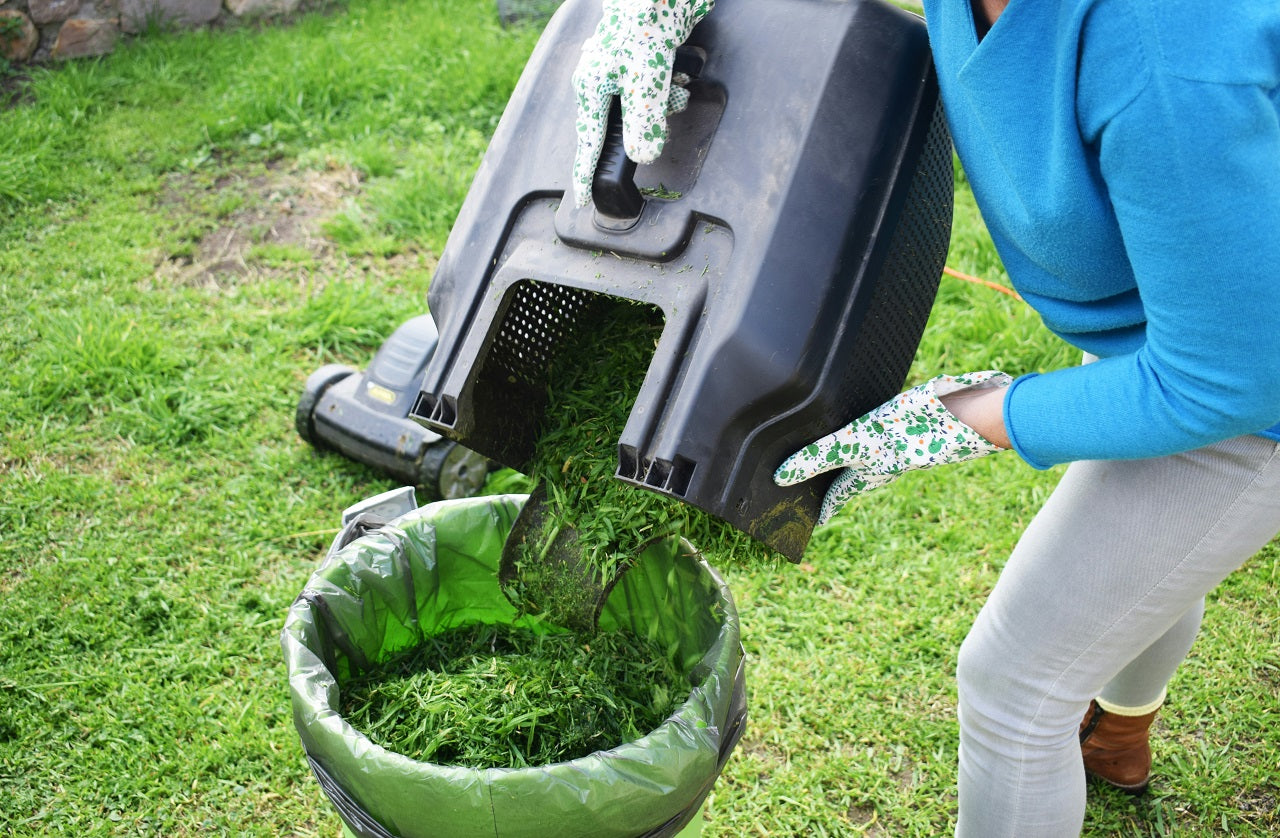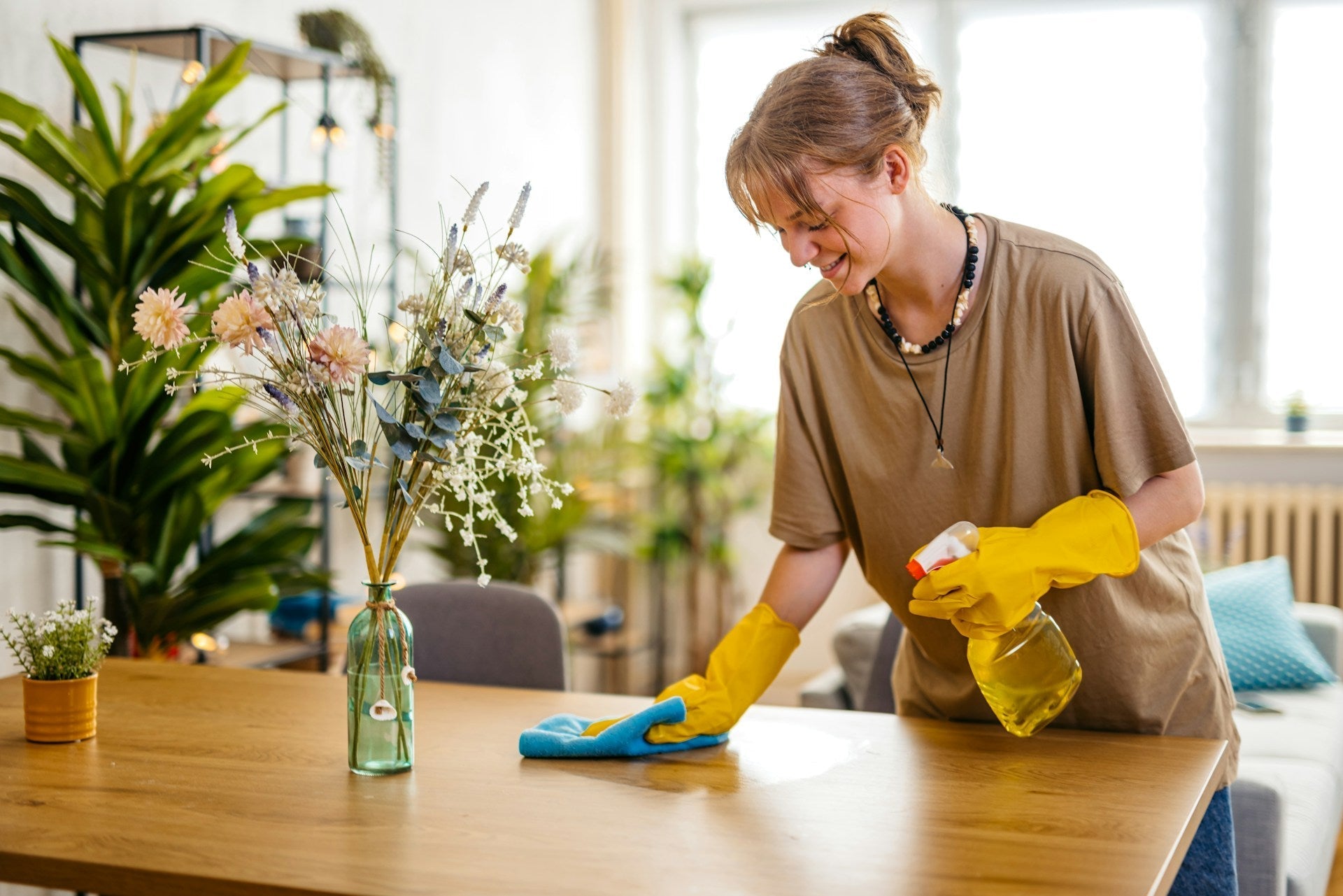Composting at home can seem daunting to those who have never tried it, but it's actually a practical and straightforward way to reduce waste and contribute to a healthier environment. Home composting not only helps decrease landfill mass but also produces rich, nutritious soil that can enhance your garden. The process involves recycling various organic materials — such as kitchen scraps and yard waste — and turning them into a valuable resource for your plants.
Thankfully, there are several easy methods to integrate composting into your daily routine, regardless of your living situation or gardening experience. This article will explore user-friendly composting techniques that are designed to fit seamlessly into any household. Plus, we'll highlight how using Plastno's compostable bags can simplify the process further, ensuring your composting efforts are practical, clean, and eco-friendly.
Choose the Right Composting Method for Your Home
Deciding on a composting method is the first step towards successful home composting. The right method for you can depend on several factors, including the amount of space available, the quantity of organic waste generated, and your lifestyle preferences. Here are two popular methods that are easy for beginners:
- Traditional Composting: This method involves creating a compost pile or using a compost bin. You need a balance of "greens" (nitrogen-rich materials like vegetable scraps and coffee grounds) and "browns" (carbon-rich materials like fallen leaves and shredded paper). This balanced mix is crucial for the pile to decompose effectively.
- Vermicomposting (Worm Composting): If you have limited outdoor space or want to compost indoors, vermicomposting is an excellent choice. This method uses red wriggler worms to break down organic materials into high-quality compost. It's odorless and can be done in a bin kept under the sink or another convenient indoor location.
Setting Up Your Composting System
Once you've chosen a method that suits your circumstances, setting up your composting system is the next step. Here's how to commence
1. For Traditional Composting:
- Find an appropriate spot in your yard — ideally, a dry, shady area close to a water source.
- Create a pile or get a bin to deposit your organic materials. Bins can help manage the process cleaner and can be rodent-proof.
- Start layering your browns and greens. Aim for roughly a 3:1 ratio of browns to greens to ensure quick decomposition and minimal odors.
2. For Vermicomposting:
- Purchase or build a worm bin. Pre-made bins are available, or you can make one from opaque plastic containers.
- Bed the bin with shredded newspaper or cardboard, add soil, and then introduce your worms.
- Feed the worms gradually with your kitchen scraps. Avoid overfeeding to prevent odor and acidity problems.
Maintaining Your Compost
Good maintenance is essential to transform your kitchen scraps and yard waste into valuable compost. Regardless of the method, these tips can help:
- Aerate Regularly: In traditional composting, turn your pile every few weeks to introduce oxygen, which is critical for breaking down the materials.
- Keep It Moist: Your compost should be moist like a wrung-out sponge. If it's too dry, add water; if it's too wet, add more brown to absorb excess moisture.
- Monitor the Temperature: Keep in mind that a warm compost pile means it's active. A traditional compost pile might get as warm as 140-160°F. If it cools off, it may need more greens, water, or turning.
- Harvest Your Compost: Once the material at the bottom of your pile or bin is dark, crumbly, and earthy-smelling, it's ready to use. It typically takes 4-6 months, depending on your method and the balance of materials.
Troubleshooting Common Compost Problems
Even with careful maintenance, you might encounter a few hiccups. Here are solutions to common composting issues:
- Unpleasant Odors: This is usually a sign of too many greens or excess moisture. Balance it out with more browns and turn the pile to introduce oxygen.
- Pests: Properly managing your pile's moisture and turning it regularly can deter pests. If they persist, use a bin with a tight-fitting lid.
- Slow Decomposition: This might happen if your pile isn't hot enough. Increase the amount of greens, and chop your waste into smaller pieces to speed up the process.
Implementing Compostable Bags
Using compostable bags from Plastno is a convenient way to collect kitchen scraps without the mess. These bags are designed to break down in a composting environment, making them an ideal choice for neat and efficient compost pile maintenance. Simply fill them with kitchen waste, then toss the entire bag into your compost system. As they decompose, they'll contribute to the creation of nutrient-rich compost while helping you keep a tidier kitchen and compost bin.
Home composting is an excellent way to reduce your environmental footprint and produce nutrient-rich compost for your garden. By following these straightforward methods and maintenance tips, you can easily integrate composting into your daily routine, resulting in benefits for both your home and the environment.
Embrace Eco-Friendly Practices with Home Composting
Transitioning to home composting is a significant step toward sustainable living, allowing you to convert organic waste into valuable resources for your garden while reducing environmental impact. Implementing the easy methods discussed can make the process approachable and enjoyable, regardless of your lifestyle or space constraints. Additionally, incorporating Plastno's best compostable trash bags into your composting routine enhances cleanliness and efficiency, aligning perfectly with environmentally conscious behaviors.
Make a positive change today by adopting these eco-friendly composting practices. Explore the range of Plastno’ compostable bags designed to facilitate your seamless transition to green living. Your effort in adopting these practices won't just benefit your garden; it contributes profoundly to the planet's health.






Share:
Everything You Need To Know About Composting
Switch to Compostables: Eco-Friendly Alternatives for a Sustainable Home